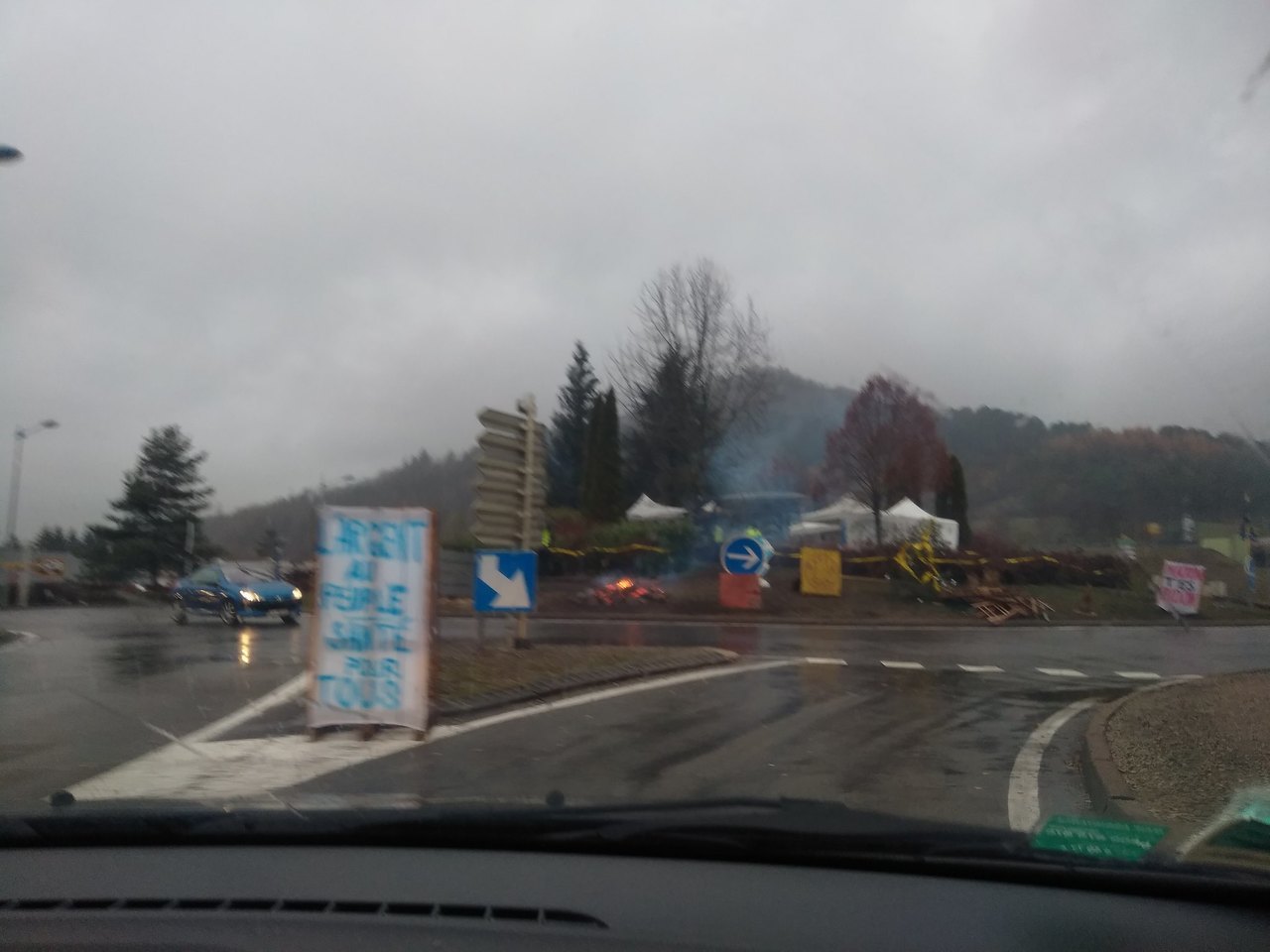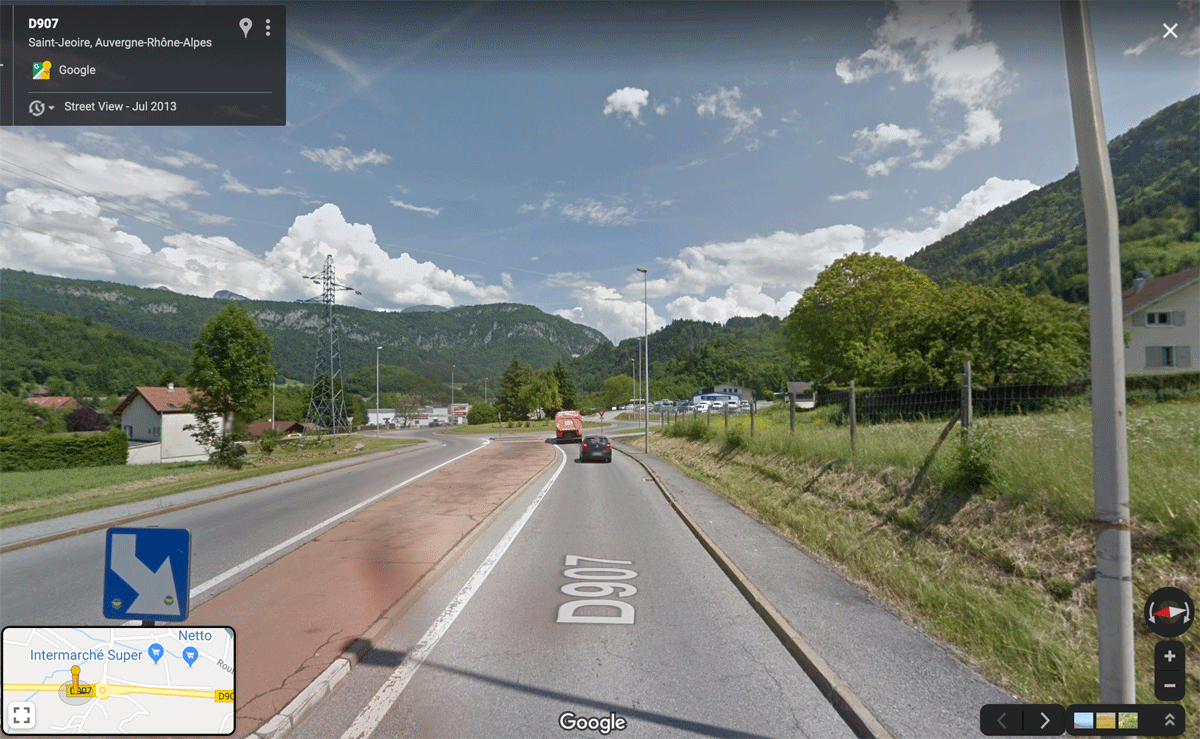
Earth Day was April 22, and its usual message—take care of our planet—has been given added urgency by the challenges highlighted in the latest IPCC report. This year, Ars is taking a look at the technologies we normally cover, from cars to chipmaking, and finding out how we can boost their sustainability and minimize their climate impact.
In South America’s Atacama Desert, salt flats are dotted with shallow, turquoise-colored lithium brine pools. In the Democratic Republic of Congo, children chip at the ground for cobalt. In China, toxic chemicals leach neodymium from the earth.
This is the energy mineral rush. People around the world are scrambling, drilling, drying, and sifting to get at a range of metals needed for our energy transition. Renewable energy technologies are central to the fight against climate change, but they’re heavily reliant on minerals—naturally occurring, solid materials made from one or more elements. But extracting and refining them presents humanitarian, environmental, and logistical challenges.
Different technologies require partly overlapping materials. Lithium, nickel, and cobalt are critical to energy storage used in electric vehicles and grid systems, and rare earth elements like neodymium are needed for the permanent magnets used in wind turbines and electric vehicle motors. Meanwhile, copper is a “cornerstone” for electricity-based tech, according to a report last year by the International Energy Agency (IEA).
The report found that to achieve net-zero carbon emissions by 2050, overall mineral requirements would need to increase six-fold. In that scenario, the demand for lithium would rise by 90 percent. But those minerals have to come from somewhere, and that often involves harmful sourcing, increased greenhouse gas emissions, and limits on the mineral supply.
This doesn't mean the clean energy transition isn’t clean or possible. It is, and these challenges do not justify the ongoing, unchecked use of fossil fuels. It does mean, however, that obstacles now and on the horizon need to be addressed to get the most out of the transition.
Finite supply
Renewable energy comes from finite resources, at least in terms of what’s available on Earth, though resource extraction from space is an increasingly common discussion. Assuming we won’t be playing out The Expanse any time soon, something has to be done about the mineral bottlenecks expected for renewable energy development.
Supply of lithium and cobalt will be in surplus in the near term, but others, like neodymium and battery-grade nickel, could see shortages as demand rises. In a sustainable, climate-change-limiting scenario, unchecked risks in mineral supply could slow energy transitions, the IEA report said.
In the Atacama Desert, for example, lithium mining has tripled in the last decade, said Javiera Barandiarán, an associate professor of Global Studies at the University of California, Santa Barbara. “We need to continuously tell people this is a non-renewable resource, and it will run out,” she said. “The more quickly we extract it, the more quickly it will run out by a factor that we don’t know.”
“There’s a big elephant in the room in terms of the associated demand for minerals and metals specifically,” said Marco Raugei, senior lecturer and research fellow at Oxford Brookes University in the UK. Rare earth elements like neodymium aren’t actually that rare, as they exist in high concentrations in Earth’s crust, he said. But many high-grade ore deposits are already being exploited, and extracting them from lower-grade ore deposits is extremely costly, more energy intensive, and environmentally harmful.
One strategy to deal with this problem is to move to a more circular economy, he said. This might be a system in which elements only need to be extracted once and then get recycled at the end of their life, Raugei said. The circular economy basically means wasting as little as possible and still making a profit. Lithium-ion batteries, for example, contain multiple valuable minerals like lithium, cobalt, and nickel. “This obviously reduces the pressure on the extractive industry because you can keep using the same assets,” he said.
Still, the circular economy has its own issues and must go beyond supply and demand. “You will never recycle 100 percent of the material,” said Andrzej Kraslawski, an author of the study and professor of systems engineering at Lappeenranta-Lahti University of Technology in Finland. He also noted that the growing demand for these metals and their long-lasting nature means attaining these metals will always involve mining. “[Recycling] can delay some critical moments, but it does not mean that we would be able to avoid problems—very serious problems—in 20 years or 30 years from now.”
Barandiarán pointed out that it’s essential to ensure that batteries are recycled locally and not shipped overseas or even to other regions within the US. For example, lead-acid battery recycling has been successful on paper, she said, but it either gets outsourced to Mexico or is poorly regulated, as seen in a site in Los Angeles that polluted a primarily Latino neighborhood. “We have many parts of the country that bear the environmental burdens of the rest of us,” she said. “Those areas tend to be areas where Black, brown, Hispanic, people of color live, so we have a major problem with environmental racism, which is beginning to be addressed.”
Assuming that a recycling-focused economy addresses these concerns, the benefits still have some potential to increase supply while reducing associated emissions from mineral development.
Upstream emissions
The major selling point of renewable energy is decarbonization, but building solar and wind hardware has an emissions cost of its own. Currently, the emissions impact seems to be relatively low, but as the push for renewable energy ramps up, so might the associated emissions, most of which occur upstream in the supply chain during extraction, refining, and manufacturing.
“The mining industry is intrinsically, and perhaps inescapably, dirty,” Raugei said. His research focuses on these emissions and other impacts throughout the life of renewable energy technologies. “Unfortunately, reality has this habit of being more complex than we like it to be,” he said.
The lifetime emissions associated with a mid-size electric vehicle, for example, are equivalent to about 20 metric tons of carbon dioxide. That’s about half that of conventional vehicles, the IEA report says. Still, more needs to be done to further reduce this impact, said Raugei, an external reviewer for the report. “We are attempting to avoid what is often referred to as ‘inadvertent impact shifting,’ where you select a technology or a different supply chain with the intent of reducing the impact on the environment,” he said.
As we move to more sustainable technology in all phases of the supply chain, it’s possible that the associated emissions could shrink. The desert lithium operations in Chile, for example, are in a prime location for solar power, but it’s tough to know when or the extent to which fossil fuels will be replaced by renewable energy without more comprehensive data. Morocco has many of these sought-after minerals—and the world’s largest solar farms—but it is still heavily reliant on coal and oil.
“We definitely do need to move away from fossil fuels, but we need to remain clear-eyed,” Raugei said. “There are other types of impacts that also need to be carefully evaluated and taken into account.”
For example, producing these minerals is generally a more energy-intensive process than with other commodities. Production emissions for 1 metric ton of lithium carbonate, for example, are three times higher than that of steel, the IEA report says. Compounding this issue is that ore quality has been in steady decline for some minerals, which means more energy is needed to produce technology-grade materials. From 2001 to 2017, as the grade of copper ore declined, the electricity needed for refining increased by 32 percent, and fuel usage increased by 130 percent.
While the majority of mineral emissions are related to the rise of battery technology, wind power may also struggle to reduce its upstream impact. A recent study published in the journal Science of the Total Environment found that when green energy production grows by 1 percent, it leads to a 0.90 percent growth in greenhouse gas emissions. According to the study, from 2010-2020, the use of permanent magnets in renewable tech resulted in emissions amounting to 32 billion metric tons of carbon-equivalent emissions.
“We have to look at the problem of energy or green energy and solving of environmental problems from the perspective of systems engineering,” Kraslawski said. “Quite often, we can cause a lot of harm in terms of depletion of the resources, in terms of pollution, in terms of creating huge social problems,” he said.
Still, Raugei said the emissions problem is transient, as greenhouse gas emissions happen during the initial widespread deployment of these technologies, which is then followed by decades of carbon-free electricity generation.
Harmful sourcing

Brine pools at a lithium mine. (credit: Cristobal Olivares/Bloomberg/Getty)
“Undoubtedly, we need to transition to renewable energy sources,” said Teresa Kramarz, co-director for the Environmental Governance Lab at the University of Toronto. “That is a big part of response to mitigating climate change and achieving a 1.5 degrees scenario.” However, she said, as a political scientist and “citizen in the sustainability transition,” it’s key to carefully consider who pays and who benefits.
Most raw materials for renewable energy are extracted from a few countries outside the US and Europe. Lithium, for example, is mostly extracted from South America, while 70 percent of cobalt came from the Democratic Republic of the Congo and China in 2019. New mining sites, Kramarz said, often create a “land grab” that can remove people from their livelihoods while degrading human and ecological health. They also result in higher levels of poverty—a well-established correlation for commodity-rich areas known as the “resource curse.”
There are many clear examples of harmful sourcing of raw materials for use in renewable energy, Barandiarán said. Humanitarian issues range from dangerous working conditions to a lack of protective equipment, child labor, and modern-day slavery.
In other cases, the environmental impact is opaque at best, as in the Atacama Desert, where most lithium is extracted through brine mining. Drilling accesses underground brine, which is then pumped to the surface to evaporate, leaving valuable minerals leftover.
Even seemingly barren deserts have life, though, and in the last decade, the Atacama was found to host microbes that have adaptations that might have been shared with some of the earliest forms of life on Earth in tacky clay layers below the surface. These “salt-loving” microbes are extremophiles that resemble life that sprung up in Earth’s primordial soup almost 4 billion years ago.
But recent studies show that as lithium extraction expands in these same salt flats, drought conditions worsen, which could threaten the ecosystem's existence. “This all needs to be done with a constant reminder that we face an existential crisis,” Barandiarán said. Dealing with the climate may be critical, but “if we destroy these ecosystems, we are destroying a fundamental part of what it means to be alive and what it means to be part of nature," she said.
In terms of solutions to the range of harms caused by extraction, it’s partly a matter of inclusion. When a company from the US decides to extract cobalt from the Democratic Republic of the Congo, who do they ask for permission? Kramarz said that answering the question of responsible sourcing has to involve procedural justice—the chance for resource-rich communities to weigh in on decisions before extraction starts. “That will change the lives of people and places,” she said.
More data, better regulation, less consumption
Minerals travel a long way from the time they’re plucked from the Earth to their ultimate destination of a renewable energy technology. Remote mining operations and weak regulation mean the harms along the way are often left unaddressed. For clean energy to overcome its dirty demons, it will likely need widespread government regulation to ensure transparency and incentivize the adoption of green solutions.
Insufficient data is a major obstacle, Kraslawski said. “We are jumping into the pool without checking if there is any water,” he said, in terms of rushing toward renewables. “We need much more transparency from industry but also from the governments.”
Even the Joint Institute for Strategic Energy Analysis—a research alliance comprised of experts from an impressive list of federal agencies and research universities—is missing information. They covered renewable energy technologies in a report last January but didn’t include raw materials in their life cycle analyses due to a “lack of data.”
Life-cycle researchers like Kraslawski and Raugei rely on information from industry, usually in the form of large databases. “These data sets are often incomplete, not very precise, and are not very accurate in some cases,” Raugei said, noting that there has been little economic incentive for companies to use their time and money to collect detailed information.
While some companies do, even well-intentioned voluntary standards for responsibly sourcing these crucial minerals tend to fall flat, Kramarz said. “I would say that where initiatives are strongest is when the shadow of the state is present,” she said. “There have to be sanctions with teeth.” Government regulation, she said, adds an element of fairness from an economic standpoint because corporations are worried about competitiveness and need to know that standards are being applied to their competitors.
It’s also important to look for solutions beyond these extraction-based challenges: The best way to fight climate change is to massively reduce consumption that causes greenhouse gas emissions. Historically, Barandiarán said, we have tended to use more of everything, regardless of new technology.
“When we transitioned from lumber to coal, we still used more lumber than we used before,” she said. “When we transitioned from coal to oil, we still used more coal than we did before.” Thinking of climate change as a problem to be solved through more markets, she said, means locking us into a high-consumption lifestyle. “That fundamentally has to change," she said.
Shel Evergreen is a science writer and multimedia pro working to make research accessible to everyone. She calls Colorado home but is currently based in Boston for MIT's science writing graduate program. You can find her at @shelevergreen.







